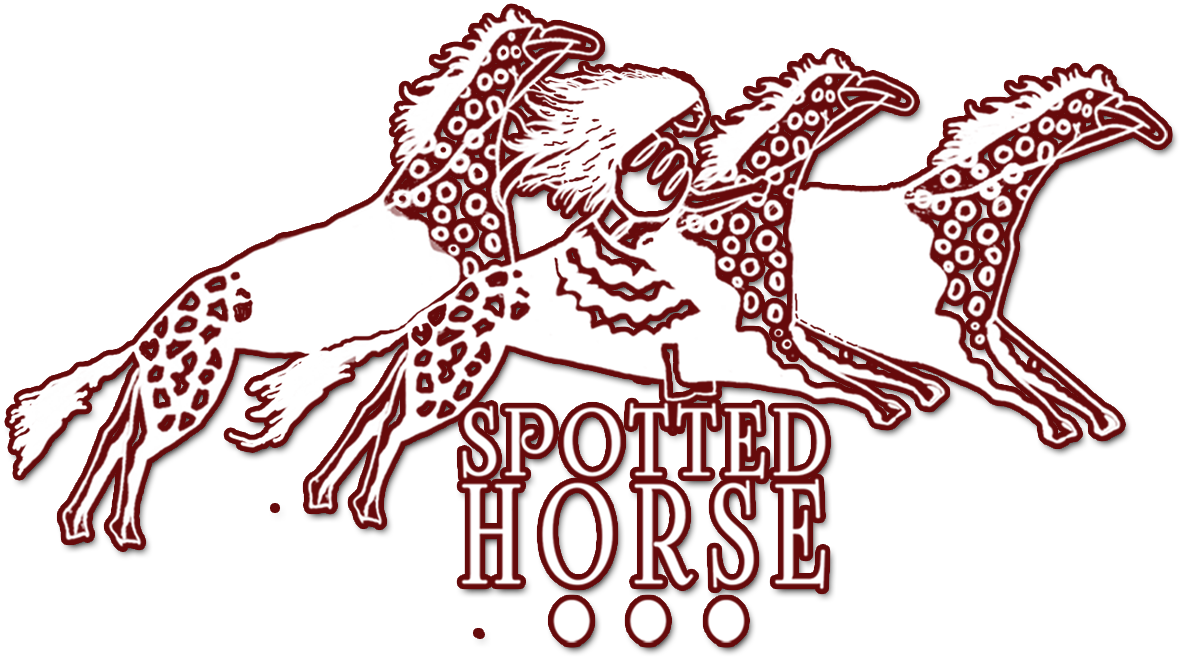Indigenous fire management is the answer to raging wildfires by Winona LaDuke
Indigenous fire management is the answer to raging wildfires
Column is by Winona LaDuke.
Jan 28th 2020
As we watch Australia burn, it’s clear that indigenous fire management could have changed this story dramatically. Countless news stories have noted that land and homes are often saved in areas managed by aboriginal people using indigenous fire techniques.
Instead of listening, settlers come to indigenous lands and kill the inhabitants. They then proceed with a superior mind of land and natural resource management that punishes native people, denies us access to land, arrests us for harvesting, destroys our basket-making materials, and they bring in Smokey the Bear. Then, it all burns up.
The Australian fires are heartbreaking. Indeed, Australia is heartbreaking. Killing aboriginal people as sport, mass incarceration into boarding schools (see the movie "Rabbit Proof Fence") and an abomination of present human rights violations in such a “civilized country” is obscene. It’s an obscene history, as is this total denial of knowledge which could have saved much of that country.
Over the past decade, scientific journals have discussed indigenous fire management. Indeed, fire is a powerful tool when harnessed. North American indigenous people often burned the prairies to make grass and keep back trees. New grass is good for buffalo, and many plants are actually fire-germinated.
Traditional management of blueberry patches in the north woods often involved controlled burns. In California, native tribes there have been challenging and working with state agencies to control burn, not only to cut back extra debris, but to create a place for many medicines and basket materials.
The story in Australia is the same. A Ngurrumpaa camp, an isolated 160-acre bush property, stood in the way of the Gospers Mountain Fire. The fire quickly burned through the entire area, but controlled burns had been practiced for years. Two new managed burns in 2015 and 2016 diminished the debris, and the hut and outbuildings were saved.
Unlike hazard reduction burning, cultural burns are cooler and slower moving, usually no taller than knee height, leaving tree canopies untouched and allowing animals to take refuge from the flames. Small fires are lit with matches, instead of drip torches, and burn in a circular pattern.
Northern Australia fires burned 57% fewer acres than in previous years, where aboriginal people managed land for fire. Dean Yibarbuk, chairman of Warddeken Land Management, has 150 aboriginal rangers working there.
“We are very lucky in the north to be able to keep our traditional practices,” Yibarbuk said. “There’s a pride in going back to the country, managing it and making a difference.”
Ecologists fear that nearly 500 million mammals, reptiles and birds — including 8,000 koalas — are estimated to have been killed, although the current death toll is impossible to calculate. Some 87% of the animals in Australia are endemic, meaning they only live there.
Australia has some baffling logic in the face of climate change and the hottest year on record in 2019. That is, the country is still trying to unload coal reserves into Asian markets, as coal generation is diminishing worldwide.
Australia’s Morrison government committed to the Paris agreement goals, including limiting global heating to as close to 1.5C as possible. The United Nation's Intergovernmental Panel on Climate Change last year estimated that reaching the goal would require a 59% to 78% cut in coal use by 2030 compared with 2010 levels, followed by deeper reductions by mid-century. It’s like Australia is just saying “burn baby burn.”
Indigenous knowledge is part of how we are going to save ourselves, so let’s work together. George Nicholas writes in the Smithsonian Magazine, “… On the one hand, these types of knowledge are valued when they support or supplement archaeological, or other scientific evidence. But when the situation is reversed — when traditional knowledge is seen to challenge scientific 'truths' — then its utility is questioned or dismissed as myth. Science is promoted as objective, quantifiable, and the foundation for 'real' knowledge creation or evaluation while traditional knowledge may be seen as anecdotal, imprecise and unfamiliar in form.”
In other words, our knowledge is sought and valued sometimes. But when our knowledge runs contrary to political, economic or scientific interests, we are dismissed. Line 3 is a perfect example of that. I don’t want to say “we told you so” about the raging fires from Australia to California, but that’s pretty much the story.




